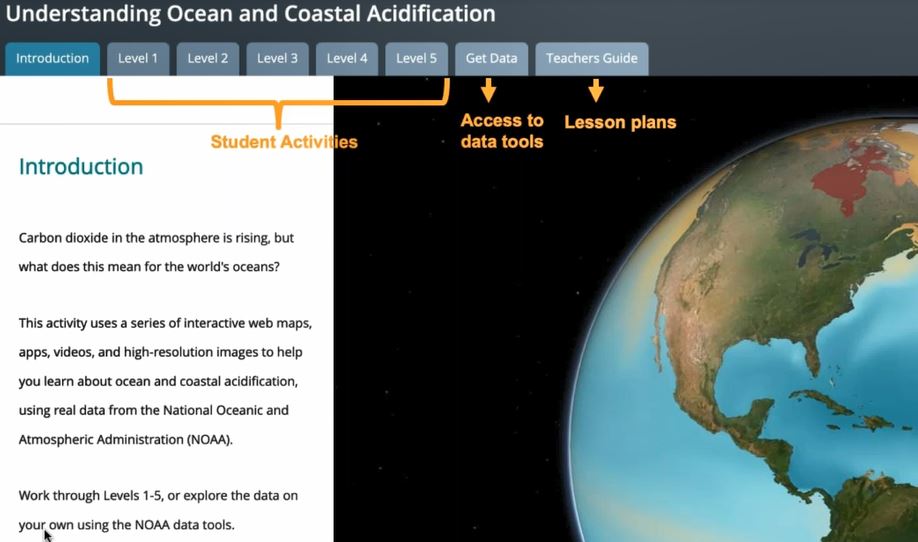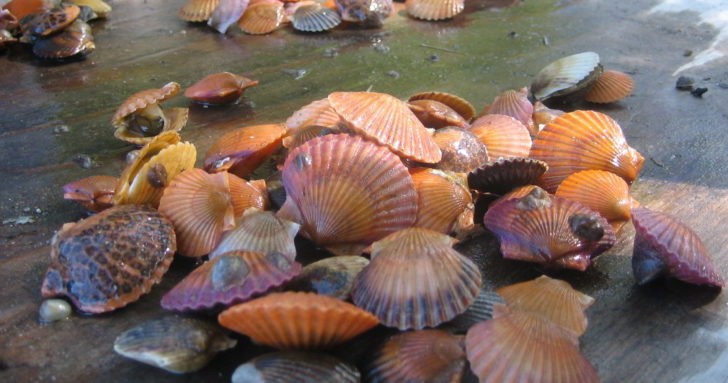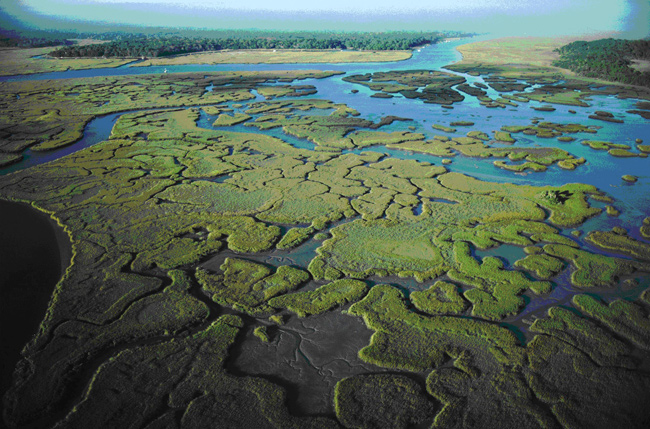
ON A SCALE OF 0-14, HOW FAMILIAR ARE YOU WITH THE OCEAN ACIDIFICATION PHACTS?!
During this presentation Amy Dean of NOAA's Data in the Classroom and Kari St. Laurent of the Delaware National Estuariene Research Reserve walk though the science of ocean and coastal acidification along with how to use NOAA's new ocean acidification Data in the Classroom module.
Watch the recording here!




